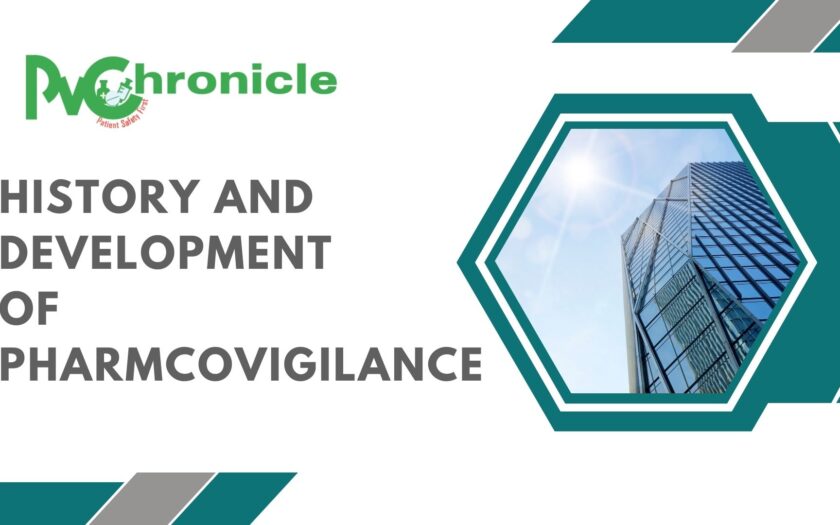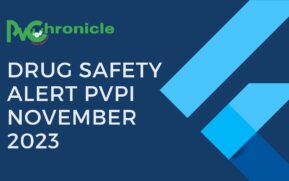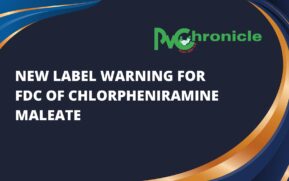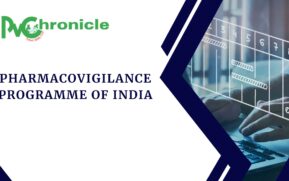
Hello aspirants!
Let’s know about some Importance about History And Development of Pharmacovigilance.
1) About 169 years ago in 1848 (January 29), the history of Pharmacovigilance marked its first milestone when the first adverse reaction was observed in a young girl (Hannah Greener) of north England who died out of receiving anesthesia chloroform before the infected toenail was removed.
2) However, Sir James Simpson found that chloroform was a powerful and safer anesthesia and it was him who introduced it clinically. The death of Hannah still remained unknown but the reason being investigated for her death was found to be pulmonary aspiration or lethal arrhythmia.
3) In 1937, the use of sulfanilamide elixir which contained diethyl glycol as the solvent resulted in death of 107 persons in USA. It was found that the solvent was responsible for causing the deaths, however the pharmaceutical companies did not knew about the toxic effect of diethyl glycol.
4) Douthwaite in 1938 suggested that Acetylsalicylic Acid (ASA) is responsible for causing melena. In 1955 the studies proved that ASA could cause gastrointestinal diseases and hence patients suffering from gastrointestinal ulcers must be contraindicated.
5) Then, in 1961. Thalidomide tragedy made the milestone in the origin and development of European pharmacovigilance. The drug was prescribed to pregnant women’s as harmless treatment for nausea and morning sickness.
The drug was tested in about 300 patients without any prior toxicity studies.
- However, an Australian doctor, Dr. McBride soon suggested the co-relation between congenital malformation of babies and thalidomide which caused phocomelia which is a condition involving malformations of babies’ arms and legs resulting in seal like limbs. Therefore, it was discontinued in 1962 after it was reported under pharmacovigilance.
7) Pharmacovigilance in India
(i) Pharmacovigilance in India was introduced in 1986 with the formal introduction of adverse drug reaction monitoring system under the guidance of drug controller of India. The main purpose of the program was to generate data on adverse reactions through different types of reporting especially spontaneous reporting. However, at that time it consists of a total of 12 main centers each covering population of about 50 millions. Some of the centers were in Delhi, Mumbai, Lucknow, Chandigarh, Pondicherry and Kolkata. District hospitals and primary health posts were to be affiliated to these main centers.
(ii) In 1997, a significant revision took place in the program in which India became a part of WHO Program for International Drug Monitoring controlled by Uppsala Monitoring Centre in Sweden.
(iii) However, the regulatory agencies revitalized the Pharmacovigilance program in the country for the second time six centers across the country including New Delhi (designated as the National Centre and located at the All India Institute of Medical Sciences), Mumbai (a special center at the King Edward VII Memorial Hospital), Lucknow, Kolkata, Chandigarh, Aligarh and Pondicherry. Later, both the attempts were failed due to many reasons.
(iv) On”1stJanuary 2005, WHO-sponsored and World Bank funded National Pharmaovigilane Programme of India PVPI was started in India There ate oficially the pharmaorilace program in India was constituted and enforced on 23November 2014 and the world Bank funded 0.1 million USD every year for a time period of 5 years.
(v) The National Pharmacovigilance Advisory Committee located at the office of the Central Drugs Standard Control Organization (CDSCO), the national regulatory authority in india helps in co- ordinatingthe reportings of advere drugreactions. The country’s adverse reactions reports were to flow into two main centers – the South West Zonal center (Department of Clinical Pharmacology, King Edward VI. Memorial Hospital, Mumbai) and the Noth East Zoal Centre (Department of Pharmacology, All Institute Medical Sciences, New Delhi) The Souh West Zonal Centre would collect its own reports and also have thre regional centers reporting to it.
PRE THALIDOMIDE ERA
– 1905 – American Medical Association (AMA) for drug approval
– 1906- The original Food and Drug Act was established to impose quality criteria for drug manufacturing
– 1922: Arsenical: Hepatic necrosis
– 1930- Food and Drug Administration (FDA)
– 1933: Aminopurine: Agranulocytosis
– 1937 – Sulfanilamide disaster.
• Sulfanilamide (Prontosil), used since 1932 for treatment of streptococcal infections, was launched as a syrup, containing diethylene glycol as solvent.
• Although tested regarding aspect, taste and odor, its safety was not evaluated before launching.
• It was responsible for the death of 105 individuals (34 children and 71 adults) and diethylene glycol was incriminated
Pharmacovigilance in 20th century
– 1938:- Food Drug and Cosmetic Act, Manufacturers would have to show scientific evidences of the safety of the drugs
– 1941 – Sulfathiazole tragedy:- Nearly 300 deaths from the use of sulfathiazole tainted with Phenobarbital. FDA introduced good manufacturing practices (GMPs)
– 1950: Chloramphenicol: Syndrome of gray baby
– 1951- Durham-Humphrey Amendment regarding safety of drugs
– 1952 – FDA reveals that chloramphenicol caused nearly 180 death
– 1953: Phenacetin: Nephrotoxicity
– 1954- FDA started a voluntary program of drug reaction reporting engaged the American Society of Hospital Pharmacists, the American Association of Medical Record Librarians, and latertheAmerican Medical Association.
THALIDOMIDE DISASTER
• 1957:- Thalidomide was prescribed as an allegedlyharmless treatment for morning sickness and nausea.
– Safety was supported by testing in 300 patients without major ADRs
• A blockbuster drug in European countries for the morning sickness
• Increased congenital abnormality phocomelia started in the countries where thalidomide was available (Not in USA due to stronger safety regulations and resist by Frances Kathleen Oldham Kelsey)
• 1961- Thalidomide disaster was disclosed with a letter (case report) in the Lancet by W. McBride, the Australian doctor
Post thalidomide era
• In December 1961- Pharmacovigilance (PV) was officially introduced
• In 1962- the Kefauver-Harris amendment was approved, requiring scientific evidences of efficacy and safety before tests in humans
• In 1963- Committee on the safety of Drugs (CSD) was formed in UK
• In 1964- Yellow Card System (prepaid card) by the CSD of UK
• In 1968- WHO’s Programme for International Drug Monitoring was started. Initially a pilot project in 10 countries with established national reporting systems for ADRs.
• In 1968- The UK Medicines act was enforced
• In 1970- CSD was replaced by Committee on Safety of Medicine
• 1970- CSM was again replaced by Commission on Human Medicines.
POST THALIDOMIDE ERA
• In 1971- An international database (international monitoring system) was established by WHO at Geneva
• 1972 – Over-the-Counter Drug Review for safety, effectiveness and appropriate labelling of drugs sold without prescription
• In 1974- The term PV proposed by French group of pharmacologists
• 1978- The base for international monitoring system was moved to Uppsala, Sweden
• Since then Uppsala Monitoring Centre (UMC) has been managing the primary aspects of expanding worldwide Pharmacovigilance network of more than 130 countries
Pharmacovigilance-the current century
• 2001: Post marketing safety reporting guidelines by FDA
• In 2002, WHO “The importance of Pharmacovigilance” regarding implementation of Pharmacovigilance program at International level
• 2003: 2004 – FDA to monitor risk post approval
• 2005: Final risk management guidelines from WHO Specifies how to perform signal detection, risk assessment and risk mitigation, Launch of NPvP
• 2007: FDA Amendment Act
• 2008: Amendment in EU
• 2010: Launch of PvPI
• 2010: European PV legislation passed
• 2012: European PV legislation effective
• 2014: Good Pharmacovigilance Practice for Medicines (Dec 14)
Also Read: PHARMACOVIGILANCE PROGRAMME OF INDIA
For More Updates Join our group: Click Here





